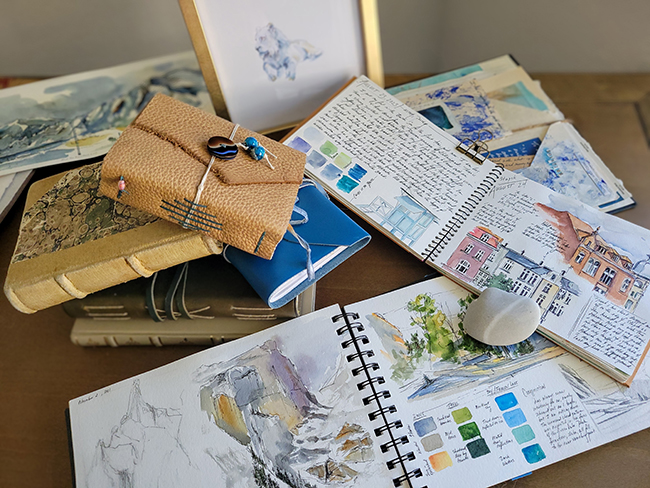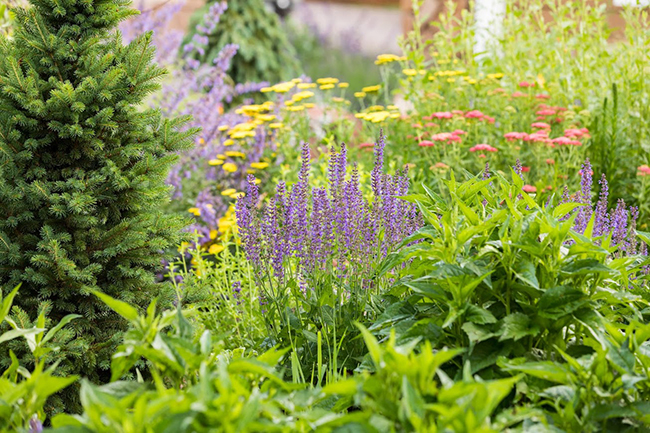Día de los Muertos in Longmont
03 Oct 2024
Education Curator Ann Macca reveals long-standing traditions
By BRAD WEISMANN
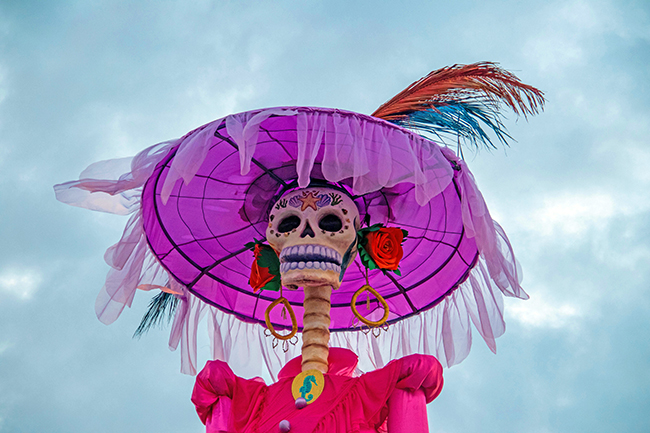
Día de los Muertos, also known as the Day of the Dead, is celebrated on November 1 and 2 every year. It is a Hispanic tradition that honors the souls of the dead and brings families together in remembrance of their ancestors. Ofrendas, handmade altars bearing offerings and objects symbolizing the departed, proliferate. Treats such as pan de muerto (bread of the dead) and candy sugar skulls are eaten. Memories are shared.
And it’s a big deal in Longmont. Since 2001, the city and thousands of participants have celebrated the oldest continuous Day of the Dead celebration in Colorado. This year the celebration starts on October 12, with a free exhibition at the Longmont Museum featuring ofrendas built by community members and local artists, and a big party downtown from 11am to 3pm featuring music, dance, arts and crafts activities, food and even a procession of giant figures. An exhibition at the Firehouse Art Center will highlight created catrinas, or skulls. The celebration culminates on November 2 with a night at the museum featuring music and dance by such groups as Grupo Huitzilopochtli Danza Azteca, Las Dahlias and Los Mocochetes.
We spoke to Ann Macca, Longmont Museum’s Curator of Education.
How have your expertise and passion helped shape this vibrant cultural event?
I wouldn’t say it’s my expertise and passion, I would say it is a combination of curiosity, community work and responsibility. The Day of the Dead celebration and exhibit were started by a committee that included my predecessor in this job and folks from the community. They were identifying ways to connect more with the Latino audience and the Latino residents in Longmont and create a sense of welcome, a sense of belonging in the museum. And that’s how it started, as an initiative to do equity and inclusion work. I took on this job with an arts background, and I’d worked in museums and education. I’m not a historian, I’m not a sociologist, I’m an arts and education person. Event management was not a part of my background, so that was probably the biggest piece of: how do I do this? Really, we see our roles as facilitators, not experts. What we do is we work with the community to tell their own stories, whatever those are. I think it’s especially important if you’re not portraying your own culture.
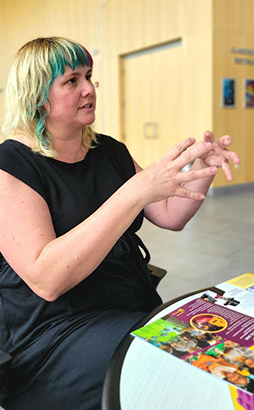
What unique elements do you bring to the celebration?
You know, I really love the exhibit. Every year, our exhibit is made of altars that are built by community members. We have an altar application on our website, it’s first-come, first-serve, so we’re not hand-picking participants. It’s an interesting way to learn about people’s stories, their backgrounds, because everything on the altar comes from one of their life experiences. Getting to know people over a long period of time and starting to be able to recognize what’s on that altar is an important part of who they are. It’s just fascinating.
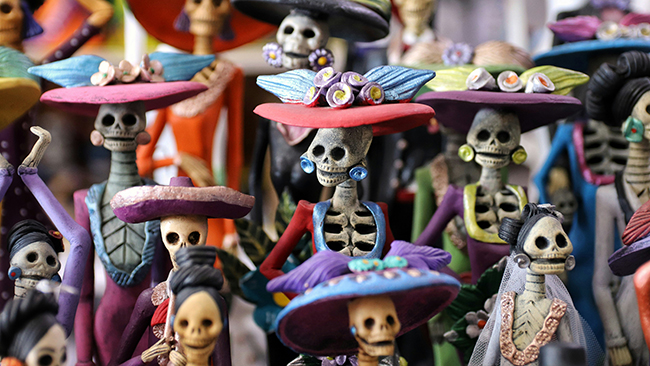
How does your work highlight the rich traditions of the Day of the Dead within the community?
There have been people who’ve built altars multiple times, year after year, and even though those aren’t people I know well, I understand and recognize their stories. And I feel like I know them, like I’ve read a book or something. Working in a museum and artmaking, it’s all sort of about the power objects, and what they can mean in somebody’s life or as a symbol from history or as a symbol of somebody’s spirituality. And I feel like Day of the Dead is fascinating because it embodies that. You don’t have to be an artist to participate in that kind of object symbolism. The festival is fun, but I feel the altars are deeply meaningful—how generous people are in terms of sharing their stories and their families and their love and their loss—that they’re willing to do that is just so vulnerable. There are a few that make me cry every year.
Come see it. Check it out. Be inspired! I think another kind of aspect is to see how non-Latino people and non-Catholic people connect with Day of the Dead and its symbolism. A lot of times, it’s a 50/50 mix. We provide a lot of educational material for everybody. Even if it is your heritage, it doesn’t mean you know a lot about it. People may come in and relearn.

